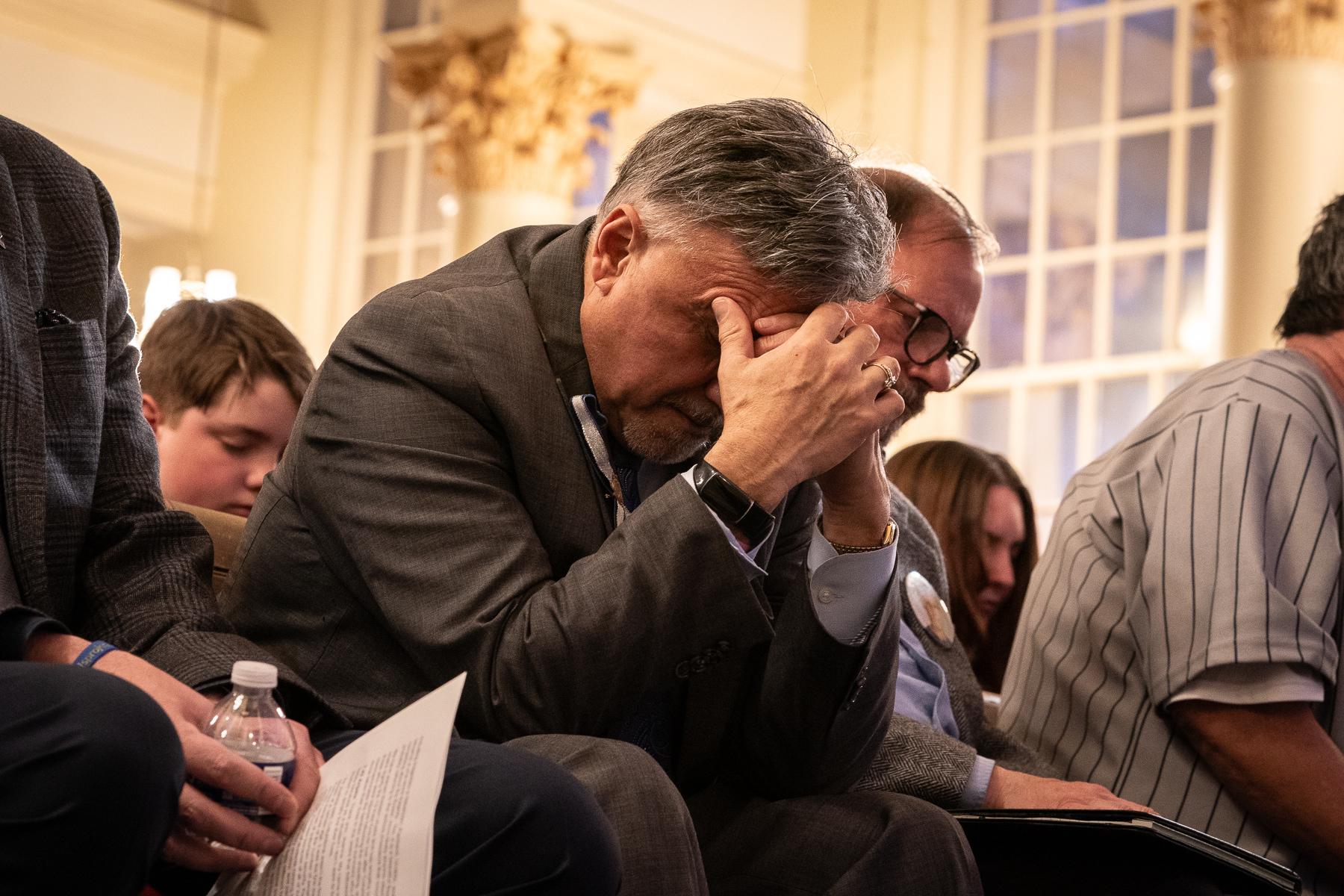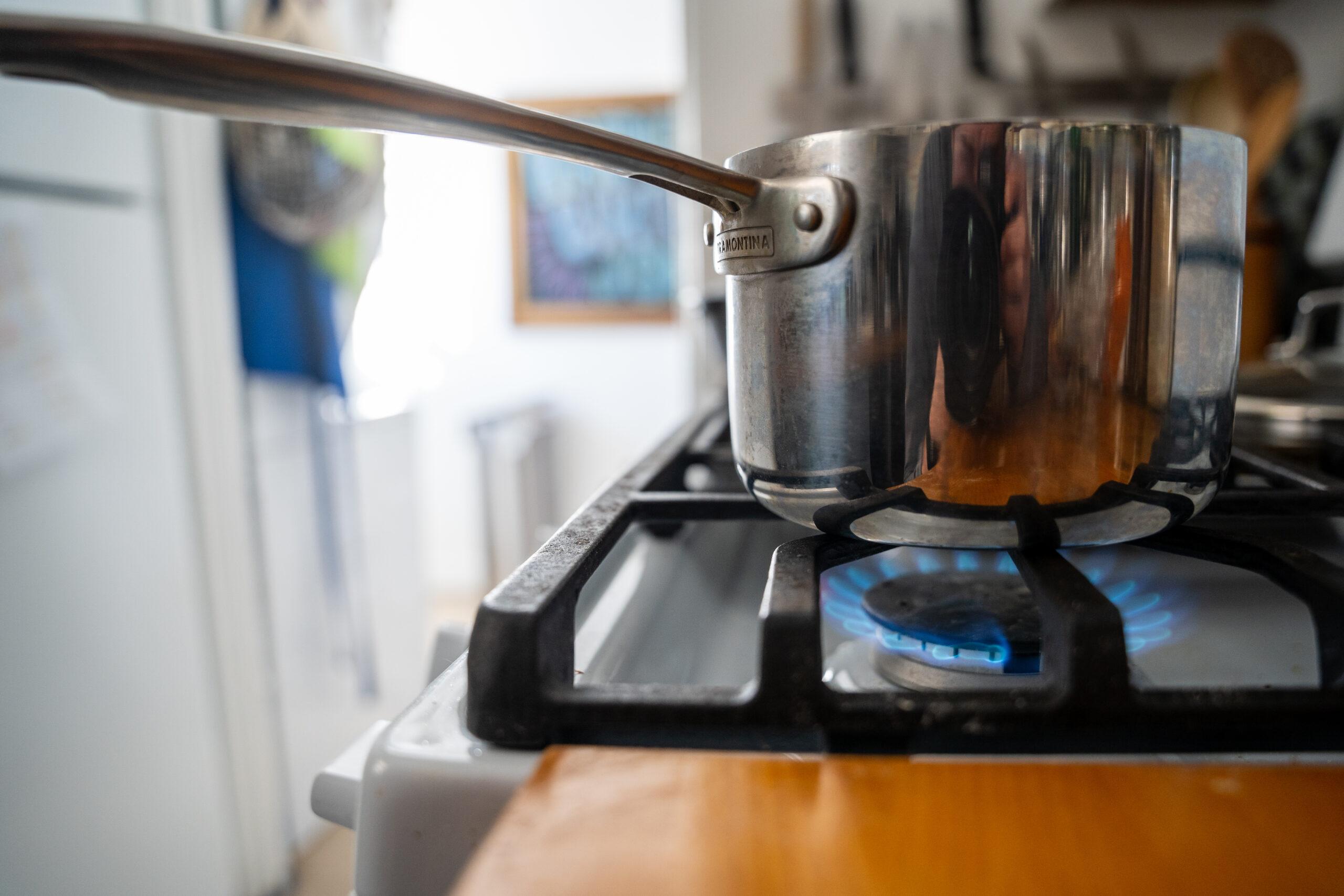

It’s not unusual out here in the Middle Distance to begin wondering what we will leave behind when we’re gone. I’m not planning on going anywhere any time soon, but if middle age has taught me anything it’s that lives can end gracefully and naturally with time for reflection, or they can end suddenly and unexpectedly, leaving black holes in their wake.
I’m not talking about updating my will, last revised I believe when my two youngest children were in first grade — they’re now nearly 28 years old. That’s an issue, but hardly major given the meager circumstance of my worldly possessions.
I’m talking about a legacy, what we bring to the world in our short time here — to our families, our neighborhoods, our communities.
A recent fundraising breakfast for our local history museum, The Pioneers Museum of Colorado Springs, touched me with its speakers and films, examining why we live here, what others who came before us did to make this a great place to live, and what our part in the story of the city will be.
It was impressive to see new faces and older ones, and to hear again and again that this is a place where people come to live because it’s extraordinarily beautiful, because it’s a healthy place, because it’s a city that was planned by a visionary leader. How lucky are we to live in this beautiful place? The question was repeated time and again, through stories of some who were born here, but most who came here to start over, to begin again.
Discover your story, the speakers said, remember your connection to the community. Why are you here?
In 1991, I moved from Tennessee to Colorado Springs with my then-husband and our four school-age children. Our marriage was seriously on the rocks and, in retrospect, moving here was a way to gently usher its demise. This place had good schools, we loved our historic neighborhood, and there were the mountains, right there! Life was beautiful at the foot of Pikes Peak.
Except for one pesky issue. Within a year of relocating here, we found ourselves in the midst of a ground-changing political campaign and social movement, nationally instigated by a growing religious right wing and headquartered in Colorado Springs under the deceptively innocuous name Colorado for Family Values. Their proposition, Amendment 2, would alter the Colorado Constitution, rescinding all state and local laws prohibiting discrimination on the basis of sexual orientation. What it basically meant was that my children’s schoolteachers, even the outstanding principal of their school could lose their jobs because they loved someone of the same sex and there would be no legal recourse for them. It seemed absurd. I was sure it would fail.
On election day that November, my husband and I had finally decided to separate, an excruciating split after 20 years of marriage. It was my first true experience as an adult of soul-ripping death. I got in the car after I voted, left the kids at home with their dad, and drove to Santa Fe to grieve and think. I’d always thought best on the road, and I could cry unnoticed as loudly as needed. For hours I wound through exquisite landscapes — snow dusted rocks and buttes, frozen rivers, endless skies. Late that evening when I finally arrived, I turned on the television and heard a national network anchor announce that in Colorado, Amendment 2 had passed, Colorado Springs leading the way.
Outrage, shame and grief mingled into a new emotion that night.
I stumbled home to face the next year and a mandatory new life. I needed work. I had kids to raise in a town that was viewed as a hotbed of hatred. With luck, I partnered with a crazy little visionary who wanted to start a newspaper in Colorado Springs to counter the conservative daily, and by October 1993, we had it off the ground. Among other things, we reported the gradual demise of Amendment 2 as it wound through the courts and was finally, permanently declared unconstitutional.
Twenty-one years later, that newspaper is still here, though I am no longer a part of it. I authored the first half of middle age and the second half of it authored me. I’m here because I wanted to live in a beautiful place. On a good day, I garden a little, write a little, teach a little, cook a good dinner and share it with friends and family.
And whenever I look up from the potholes and buckled sidewalks of my old neighborhood, those breathtaking mountains are still there, right there.
Kathryn Eastburn is the author of A Sacred Feast: Reflections of Sacred Harp Singing and Dinner on the Ground, and Simon Says: A True Story of Boys, Guns and Murder in the Rocky Mountain West. You can comment and read or listen to this column again at The Big Something at KRCC.org. “The Middle Distance” is published every Friday on The Big Something and airs each Saturday at 1 p.m. right after This American Life.








